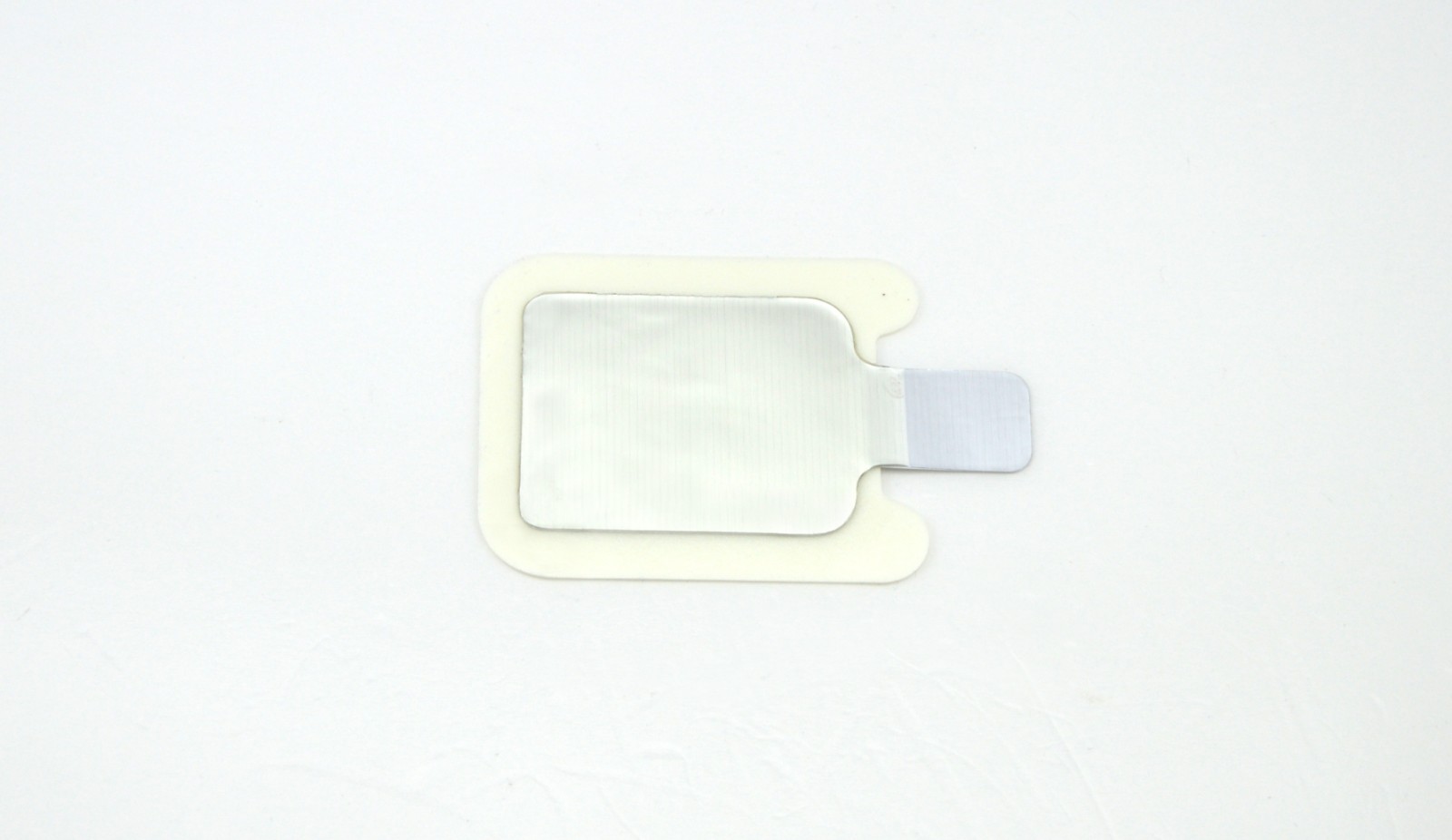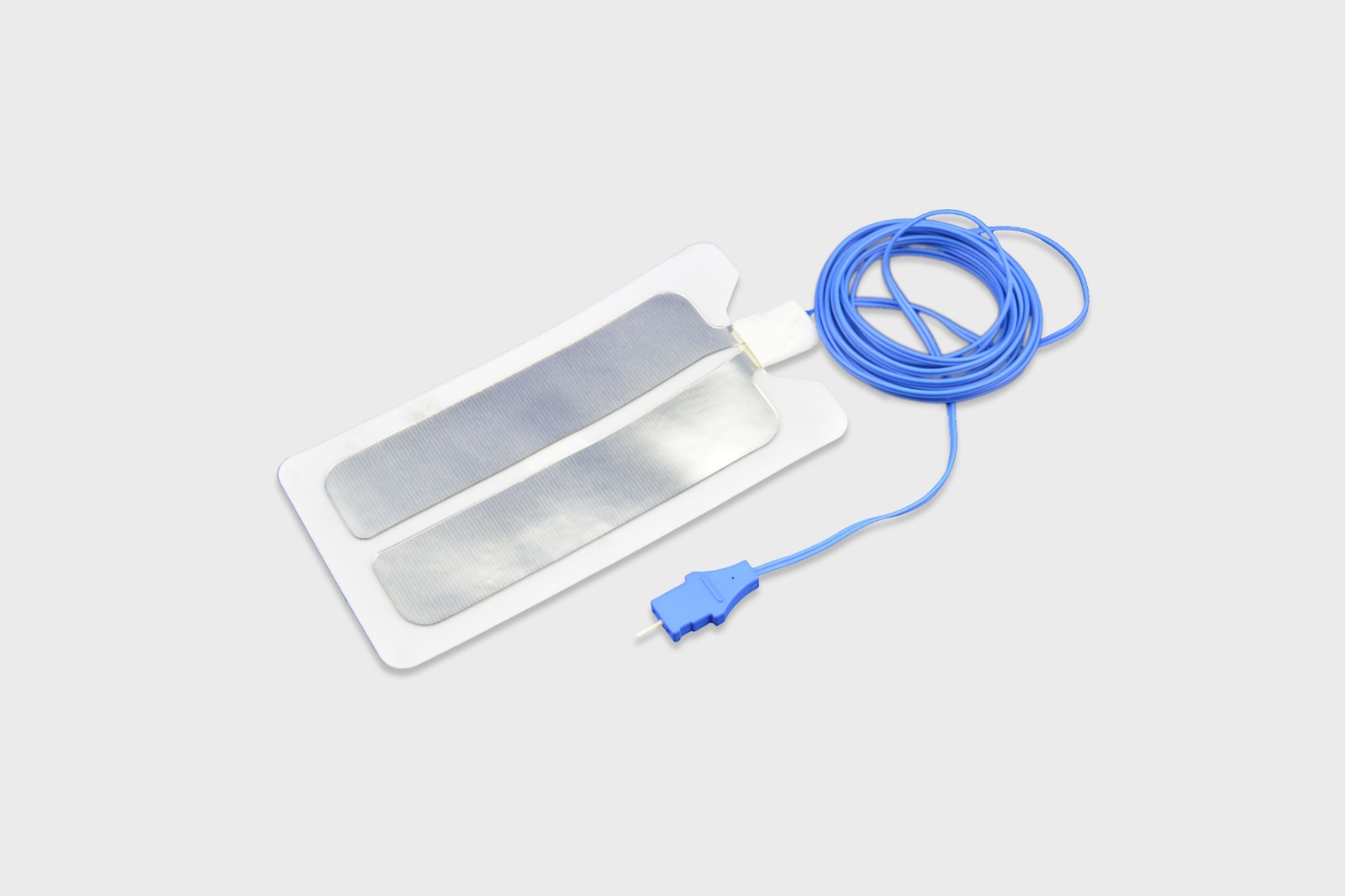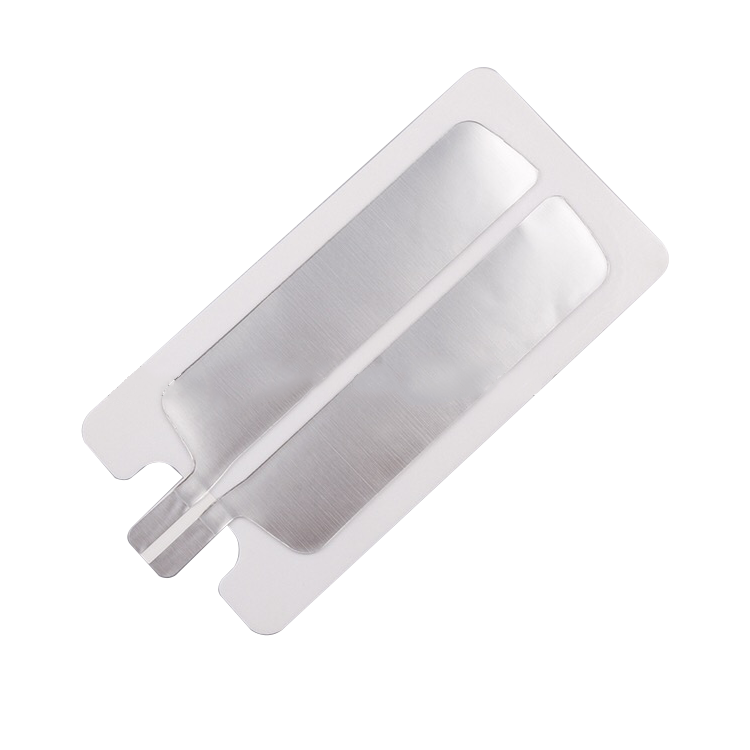Electrosurgery is simply defined as a surgical procedure that uses a high frequency electric current to heat biological tissue in order to cut, coagulate or fulgurate the tissue. Electrosurgery has been successfully used in dermatology, gynecology, plastic surgery, urology, and in some veterinary applications.
The science of electrosurgery demands a specific configuration to ensure success and safety. In a monopolar configuration, the closing of the electric current circuit requires a return electrode at the end of the loop, so the current passes from the primary electrode, through the tissue and back to the return electrode, which is attached to the patient as a large metallic plate that returns the current back to the AC source or generator.
The return electrode that attaches to the patient is called the grounding pad, and modern systems can use disposable or reusable grounding pads.
Disposable grounding pads
Disposable grounding pads are commonly known as patient plate, grounding pad or return electrode. These pads offer extra patient safety by signaling the system to shut down if the patient is not in complete contact with the pad.
Conductive surface made of aluminium sheet, low in resistance, negative of cytoxicity skin, sensitization and acute coetaneous irritation.Covering the metal surface is an adhesive gel layer that can be easily attached to the patient’s skin. Also referred to as single use pads or sticky pads, the disposable grounding pad must be large enough to keep the current density low to prevent heat build up that might result in a burn under the pad.
One of the biggest benefits of disposable grounding pads is that they come in various sizes which can help ensure they fit the patient properly and are more cost effective than reusable pads. Single use also facilitates sterility during the procedure and a quick and efficient cleanup afterwards. Disposables contain high quality adhesives that help conform the fit to the patient and enables consistent heat distribution.





